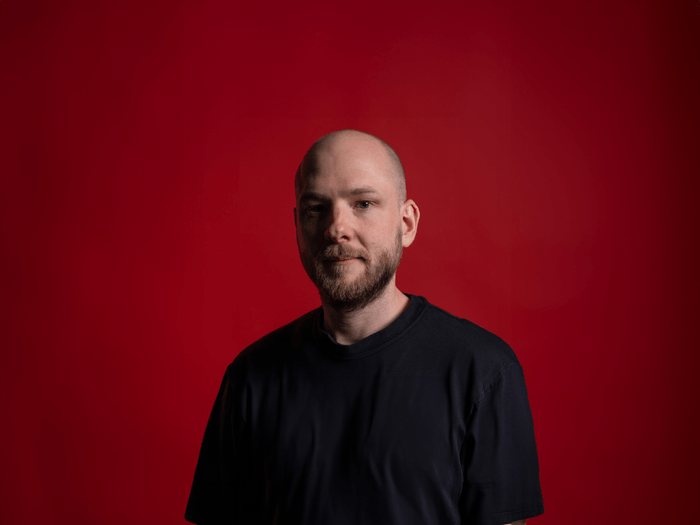
WIP What was the turning point in your career that led you to graphic design?
RB The turning point was my realisation that furniture design wasn’t the right fit for me. My first client was honest and told me I wouldn’t make it as a furniture designer, but he offered me packaging work. I enjoyed and excelled at the graphic design aspects of branding and packaging. This experience shifted my focus entirely to graphic design, where I felt more aligned with my skills and interests.
WIP How did the idea for BP&O come about?
RB BP&O began as a spontaneous project. I was spending a lot of time writing lengthy comments on other design sites, and one day, I thought, "Why not create my own platform?" I didn’t have a detailed plan; it was more of a gut feeling to start something new. Over the years, it has evolved into an editorial site focused on curating and showcasing thoughtful design work. It’s been over a decade, and it continues to grow and change.
WIP What motivated you to start Logo Archive on Instagram?
RB Logo Archive was initially a practical solution. I was collecting design books from the 1960s and 70s, but I didn’t have enough space to keep them all. So, I started scanning the pages and sharing them on Instagram to make them accessible to a wider audience. It was the first account to focus on historical logos and quickly gained popularity. It was a way to celebrate design history and connect with others who shared the same passion.